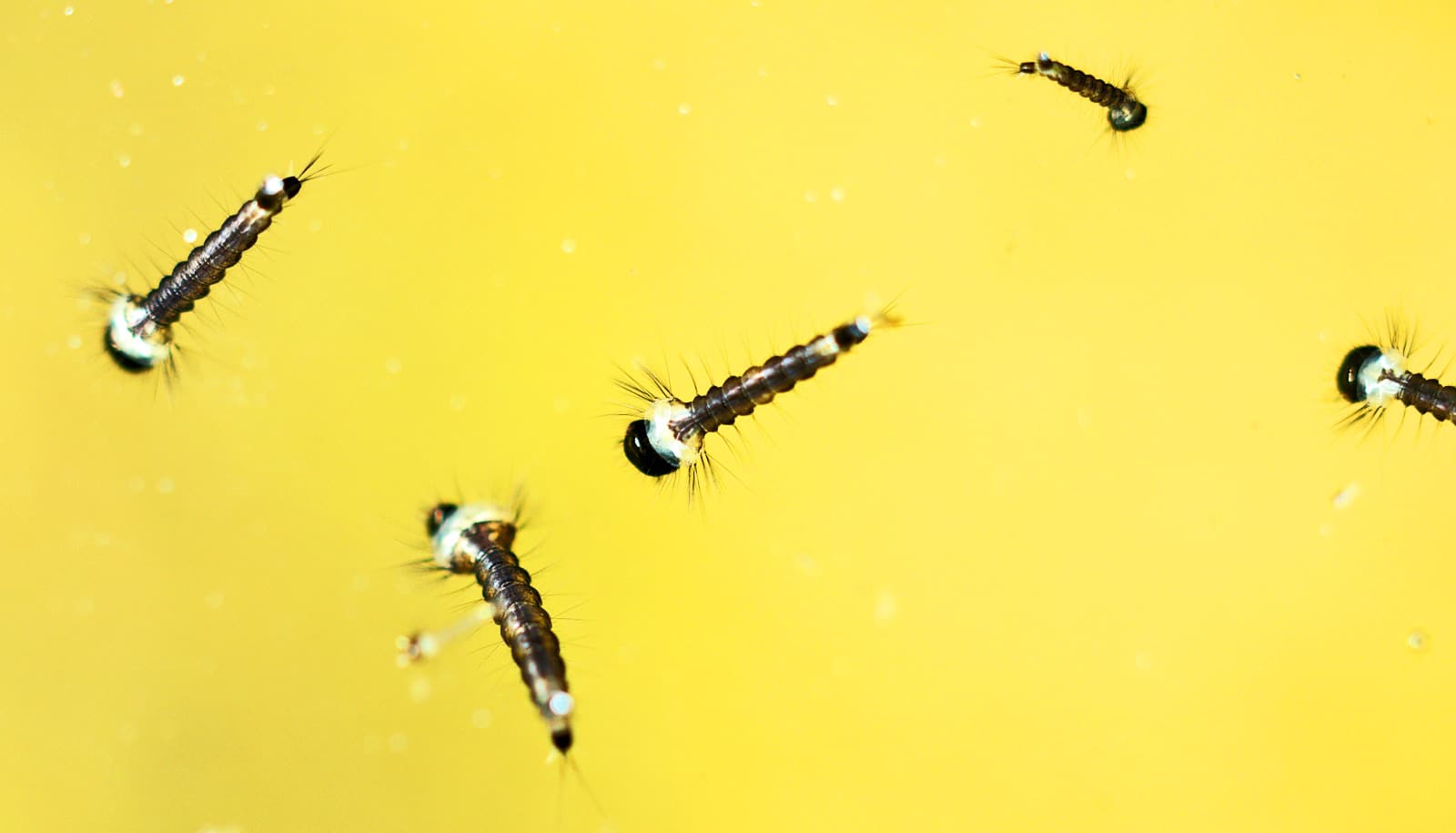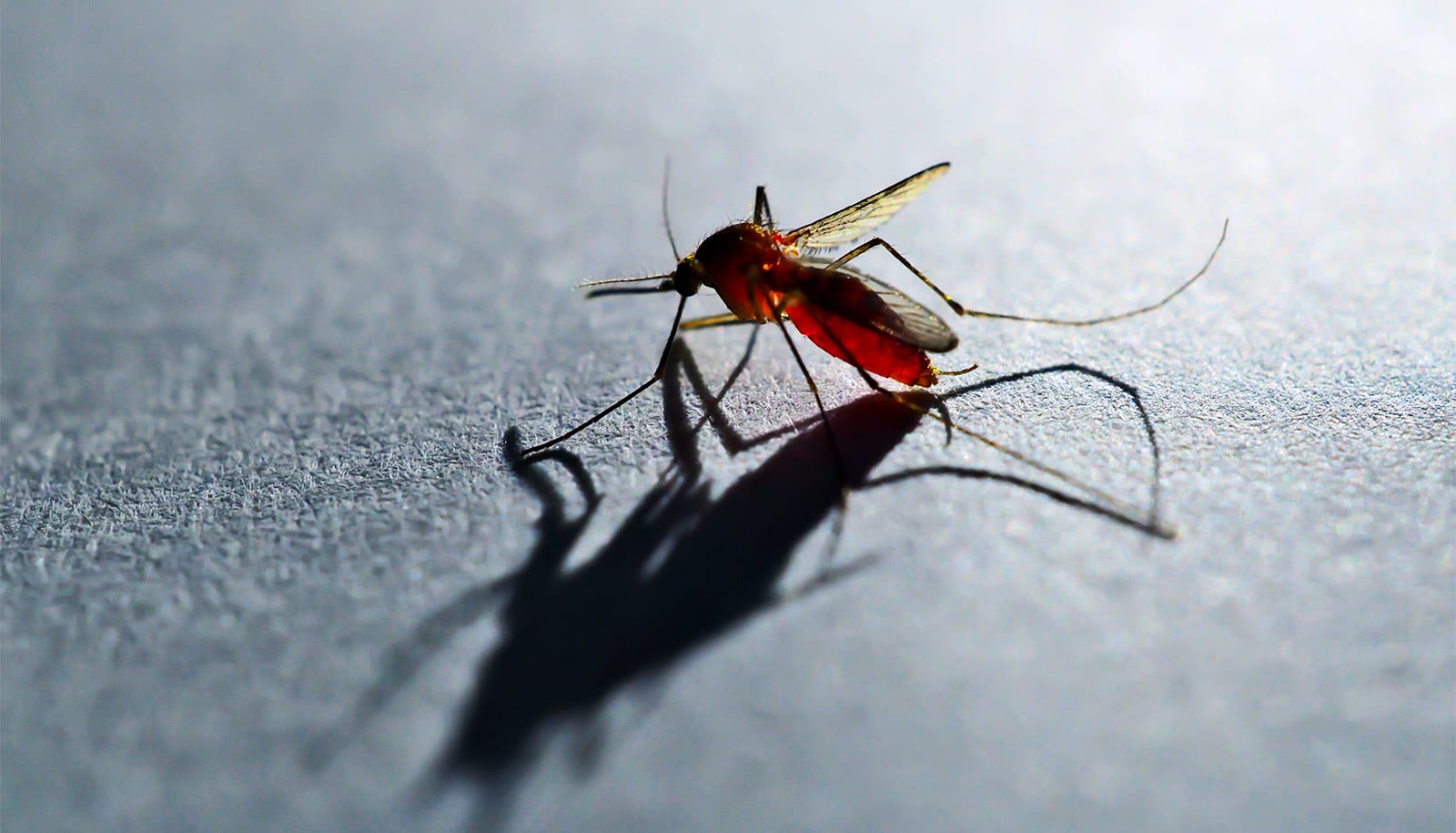A unique formulation of multiple amino acids inhibits the replication of Zika virus by up to 90% in human and non-human primate cells, according to a new study.
The researchers tested a novel formulation of three free-form amino acids (FFAAP)—cystine, glycine, and glutamate, as well as a minute amount of selenium—that was previously known to increase biosynthesis (or production) of glutathione, an antioxidant, within cells.
Research has shown that intracellular glutathione adversely affects certain viruses, including HIV, suggesting that it could be an active cell defense. After working to successfully solubilize FFAAP, researchers analyzed its effects in human placental cells and Africa green monkey cells infected with Zika.
“We chose each of these cells because they lack the ability to produce interferon, a protein that could dampen replication of the virus,” says Julia Hilliard, a professor of biology at Georgia State University.
“We wanted to allow the highest levels of Zika virus replication so that we could see how powerful the effect could be. In each of those cell lines, under controlled conditions, we found that FFAAP was enormously successful at suppressing Zika virus replication,” Hilliard says.
Virus suppression
In the study, which appears in Antiviral Research, Hilliard notes that results suggest that Zika virus has cell-specific differences for replication. The researchers discovered that Zika needs glutathione in order to replicate in human placental cells, yet FFAAP treatment was still effective at virus inhibition.
This shows the treatment does more than just increase intracellular glutathione biosynthesis. The investigators hope to pursue future studies to understand what other cellular processes are affected that result in Zika virus inhibition.
“Somehow, in spite of the fact that glutathione—a benefit to the virus—was increasing, the virus was suppressed nonetheless,” says Hilliard.
“That introduced the concept that FFAAP seems to have two mechanisms: it increases glutathione biosynthesis, but it seems to be doing something else independently to inhibit the virus, at least in human cells.”
The global threat of Zika
Zika, which is primarily transmitted through Aedes aegypti mosquitos, can trigger the development of neurological conditions such as Guillain-Barré syndrome. In pregnant women, Zika infection can contribute to miscarriage or preterm birth and cause infants to be born with congenital issues, including microencephaly, in which the baby’s head and brain do not develop properly. The virus can also linger in unique tissues and cells in the body after infection appears to be cleared.
Because there is no treatment or vaccine, the virus is a major public health concern. In 2015 and 2016, large outbreaks of Zika virus in North and South America led to the declaration of a public health emergency by the World Health Organization.
Hilliard and her colleagues plan to submit a grant application to study FFAAP’s mechanism of action, as well as other potential applications.
“For example, we know that glutathione has the ability to chelate, which means it can trap things like heavy metals in between molecules, reducing their toxicity,” says Hilliard.
“It’s possible that this formulation could be used to treat contaminated water like that in Flint, Michigan, where heavy metal toxicity has destroyed its potability.”
Funds from the Georgia Research Alliance supported the work.
Source: Georgia State University



